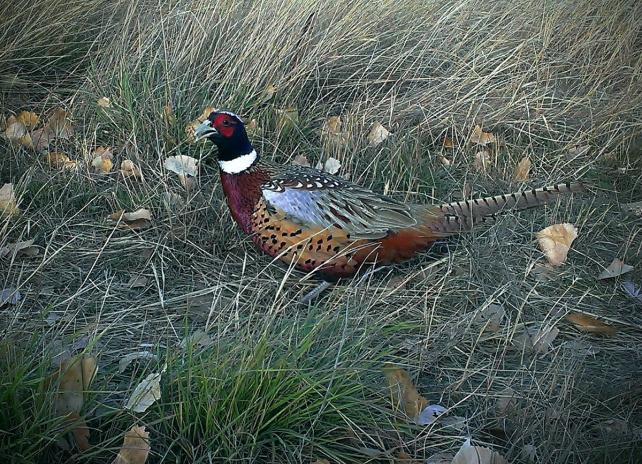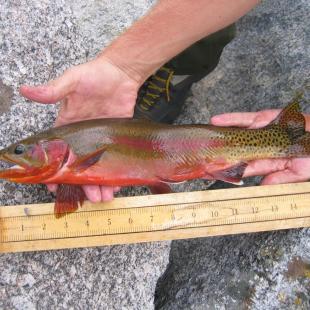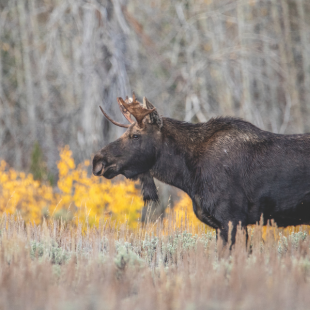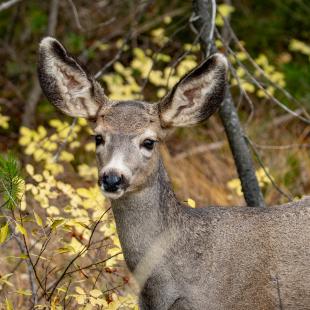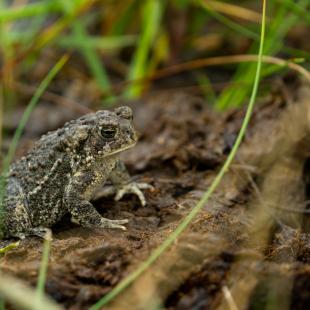Ring-necked pheasants stride across open fields and weedy roadsides in the U.S. and southern Canada. Males sport iridescent copper-and-gold plumage, a red face, and a crisp white collar; their rooster-like crowing can be heard from up to a mile away. The brown females blend in with their field habitat.

Ring-necked Pheasant Importance
Pheasant hunting is a popular sport that provides outdoor recreation and a connection with nature. It often involves social gatherings and traditions, fostering camaraderie and family bonds. It's also a way to learn about the natural world and enjoy the thrill of the hunt.
Game and Fish conservation/management efforts

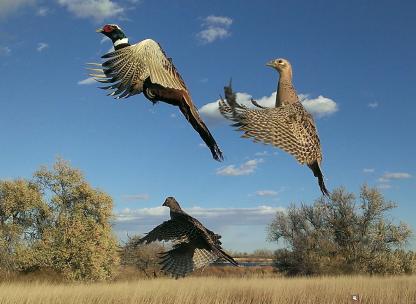

Ring-necked Pheasant Behavior
Pheasant behavior is largely influenced by seasonal changes and breeding cycles. They are generally social, forming flocks, especially in the winter, and are known for their distinctive "flush" behavior when startled, where they fly up quickly and emit a loud "cackling" if they are males. Males are territorial, particularly during breeding season, and may aggressively defend their area from other males. In the spring, females focus on nesting and raising chicks that will later join the flock in late summer.
Ring-necked Pheasant Habitat
Ring-necked pheasants typically inhabit fields, farmland, and marshy areas with brush, tall cover, and undisturbed grass. This herbaceous vegetation typically provides nutritious seeds that are accessible to pheasants throughout the year. Cattails and heavy grass stands, shelter belts and wind rows are good places to find pheasants year round.
Ring-necked Pheasant Reproduction
Pheasants typically nest on the ground, often in natural depressions or hollows they create themselves inside cattails, along fence rows, shelter belts or large grassy fields. The nest is a simple depression or shallow hollow, lined with dead vegetation and sometimes feathers. Hens lay one egg per day, until a clutch of 7-15 is reached. The hen incubates the eggs for approximately 24 days, spending most of the time on the nest and leaving only briefly for food and water. If a nest is lost, hens are known to re-nest up to four times.

